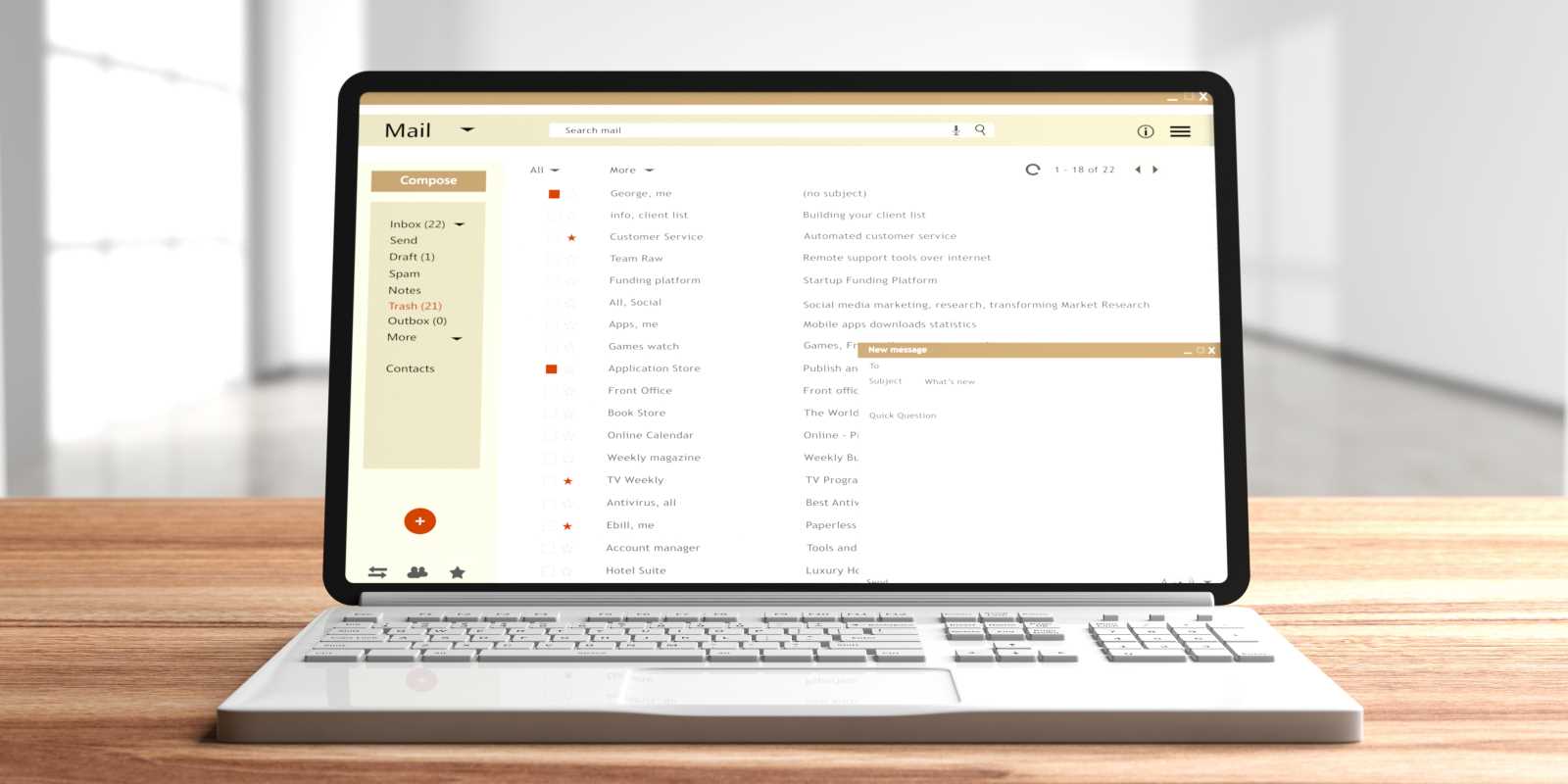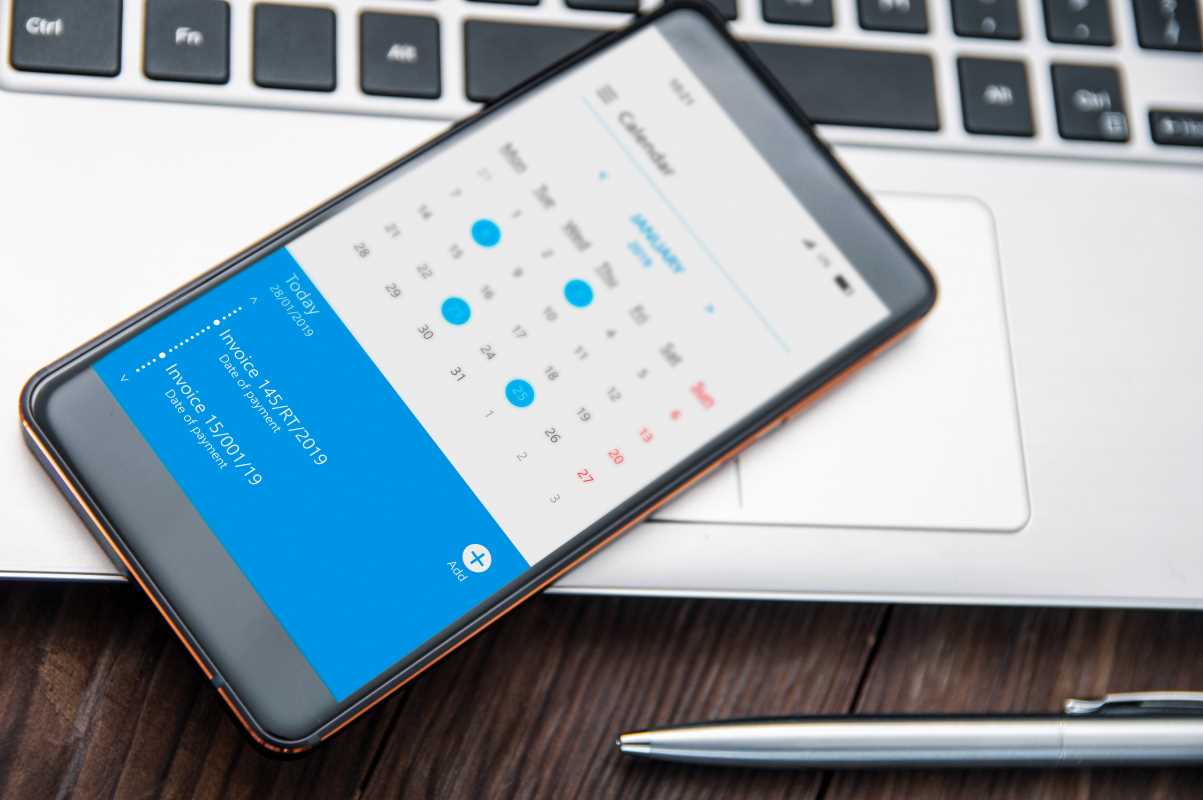Life has a way of getting messy. A busy week, an unexpected illness, or a vacation can quickly turn a well-ordered home into a zone of chaos. Laundry piles up, mail stacks on the counter, and a general sense of disorder can take over. This disarray can feel overwhelming, making it hard to know where to begin. The great news is you can reclaim control and restore peace to your living space. By taking a structured, step-by-step approach, you can reset your home and create a system that keeps things running smoothly. This guide will provide you with a clear, actionable blueprint to get your household back on track and transform your home into a sanctuary of calm.
The Power of a System Reset
A disorganized home environment can have a significant impact on your mental well-being. Clutter competes for your attention, leading to increased stress and decreased focus. It creates a low-grade, constant hum of anxiety, reminding you of tasks left undone. Performing a household reset is about more than just cleaning; it is about resetting your mind. It clears away the physical and mental clutter, allowing you to breathe easier and think more clearly.
This process works by providing a sense of accomplishment and control. As you tackle each small task, you build momentum. The visible progress you make creates a positive feedback loop, motivating you to continue. You are not just tidying up; you are building a foundation for a more organized and peaceful life. This system reset empowers you to take charge of your environment, which in turn boosts your confidence and overall happiness.
Your Step-by-Step Household Reset Plan
Confronting a messy house all at once is a recipe for overwhelm. Instead, this plan breaks the process down into manageable steps. The key is to focus on one area at a time, celebrating each small victory along the way.
1. The Brain Dump: Get It All Out
Your first step is to clear your mind. Grab a piece of paper or open a new note on your phone and write down every single thing that needs to be done around the house. Do not worry about order or priority at this stage. Just get it all out.
- Your list might include:
- Do all the laundry
- Sort the mail pile
- Empty the dishwasher
- Clean the bathrooms
- Go grocery shopping
- Declutter the living room coffee table
This "brain dump" transfers the mental load onto paper, instantly reducing your anxiety. It gives you a complete, tangible list of what needs to be accomplished.
2. Prioritize with the "High-Impact" Method
Look at your list and identify the tasks that will make the biggest positive impact on your daily life. These are often the tasks that reduce visual clutter or solve an immediate problem. For many, this includes clearing kitchen counters, doing the dishes, or dealing with laundry piles.
Circle your top three to five high-impact tasks. These become your immediate focus. Ignoring the rest of the list for now prevents you from feeling overwhelmed and allows you to direct your energy where it will provide the most significant relief.
3. The 15-Minute Blitz: Build Momentum
Set a timer for just 15 minutes and commit to working on your number one high-impact task. You can do almost anything for 15 minutes. This small, non-intimidating time commitment is the secret to overcoming procrastination.
- During this blitz, you could:
- Gather all the dirty laundry and start one load.
- Load or unload the dishwasher completely.
- Clear and wipe down just the kitchen counters.
When the timer goes off, you can take a short break or, if you feel motivated, set it for another 15 minutes. These focused bursts of activity will create visible progress surprisingly quickly, fueling your desire to keep going.
4. Zone by Zone: A Methodical Approach
Instead of trying to clean the entire house at once, work through it zone by zone. This methodical approach keeps you focused and allows you to fully complete one area before moving to the next.
- A logical flow might be:
- Kitchen: As the heart of the home, a clean kitchen has a massive impact. Focus on dishes, counters, and clearing the table.
- Living Room: This is a central gathering space. Focus on decluttering surfaces, folding blankets, and fluffing pillows.
- Bathrooms: A quick clean of the bathrooms can make a huge difference in how you feel about your home.
- Bedrooms: Start by simply making the beds. This one action instantly makes a room feel more put-together.
This zone-based strategy transforms a mountain of a project into a series of small, manageable hills.
Building a System to Stay on Track
Once you have reset your home, the next goal is to create simple routines that prevent chaos from returning. These habits are the key to long-term organization and peace.
The "Closing Shift" Routine
Think of this as closing down your kitchen for the night, just like a restaurant. Before you go to bed, spend 10-15 minutes performing a few key tasks.
- Your closing shift could include:
- Loading and running the dishwasher.
- Wiping down countertops.
- Putting away any stray items.
- Prepping coffee for the morning.
This simple routine ensures you wake up to a clean, welcoming space, setting a positive tone for the entire day.
The Weekly Reset Hour
Dedicate one hour each week to a "household reset." This is not a deep clean. It is a quick tidy-up to tackle the main areas and keep things in order.
During this hour, you can:
- Do a quick declutter of common areas.
- Wipe down bathroom surfaces.
- Start a load of laundry.
- Take out all the trash and recycling.
Scheduling this reset hour on your calendar makes it a non-negotiable appointment with your home. It is a powerful preventative measure that stops small messes from turning into big problems.
Get Everyone Involved
A household is a team effort. Assign age-appropriate chores to everyone living in the home. Even young children can help by putting away their toys or putting things back in the pantry. Creating a simple chore chart can add clarity and accountability. Sharing the responsibility lightens the load for everyone and teaches valuable life skills.
 (Image via
(Image via





